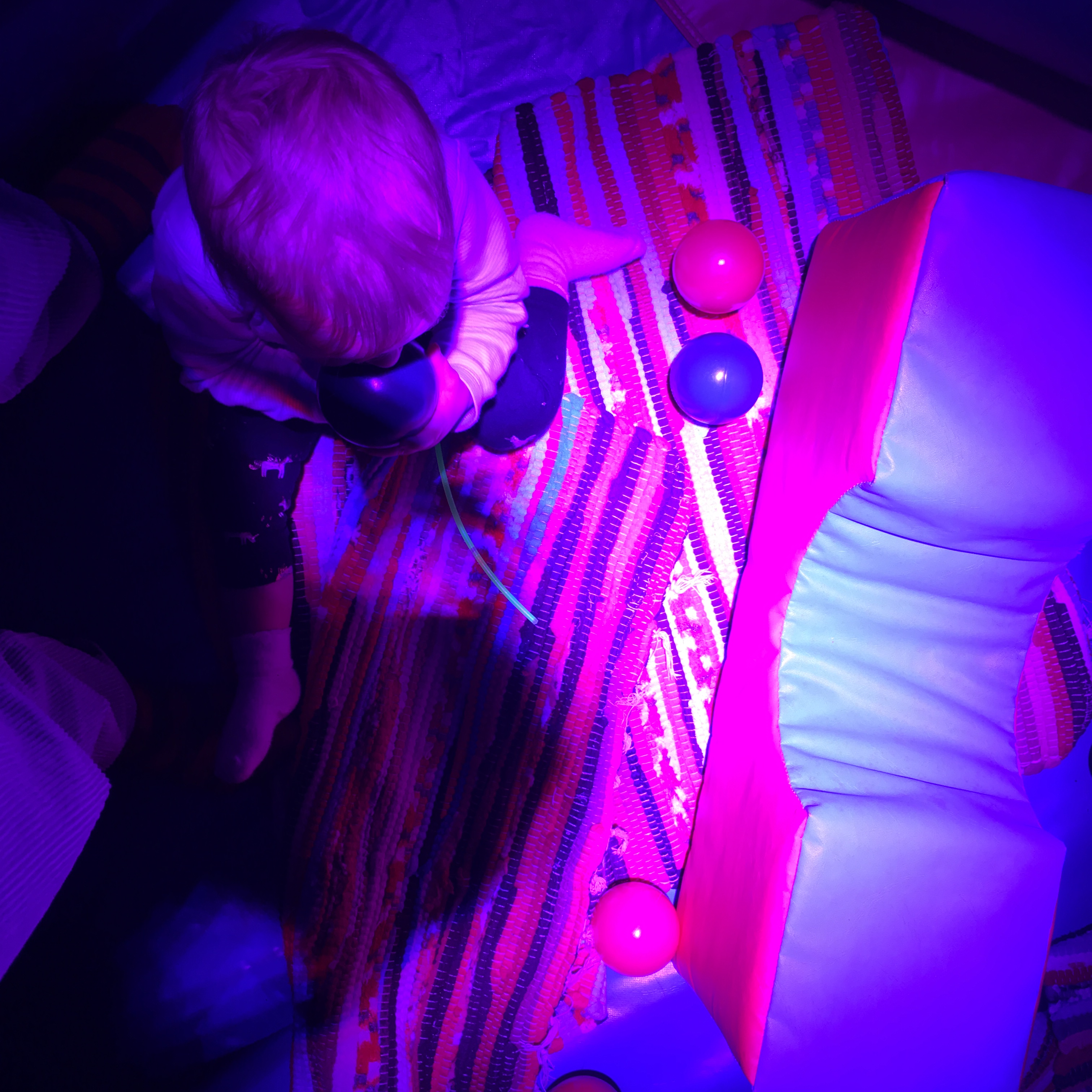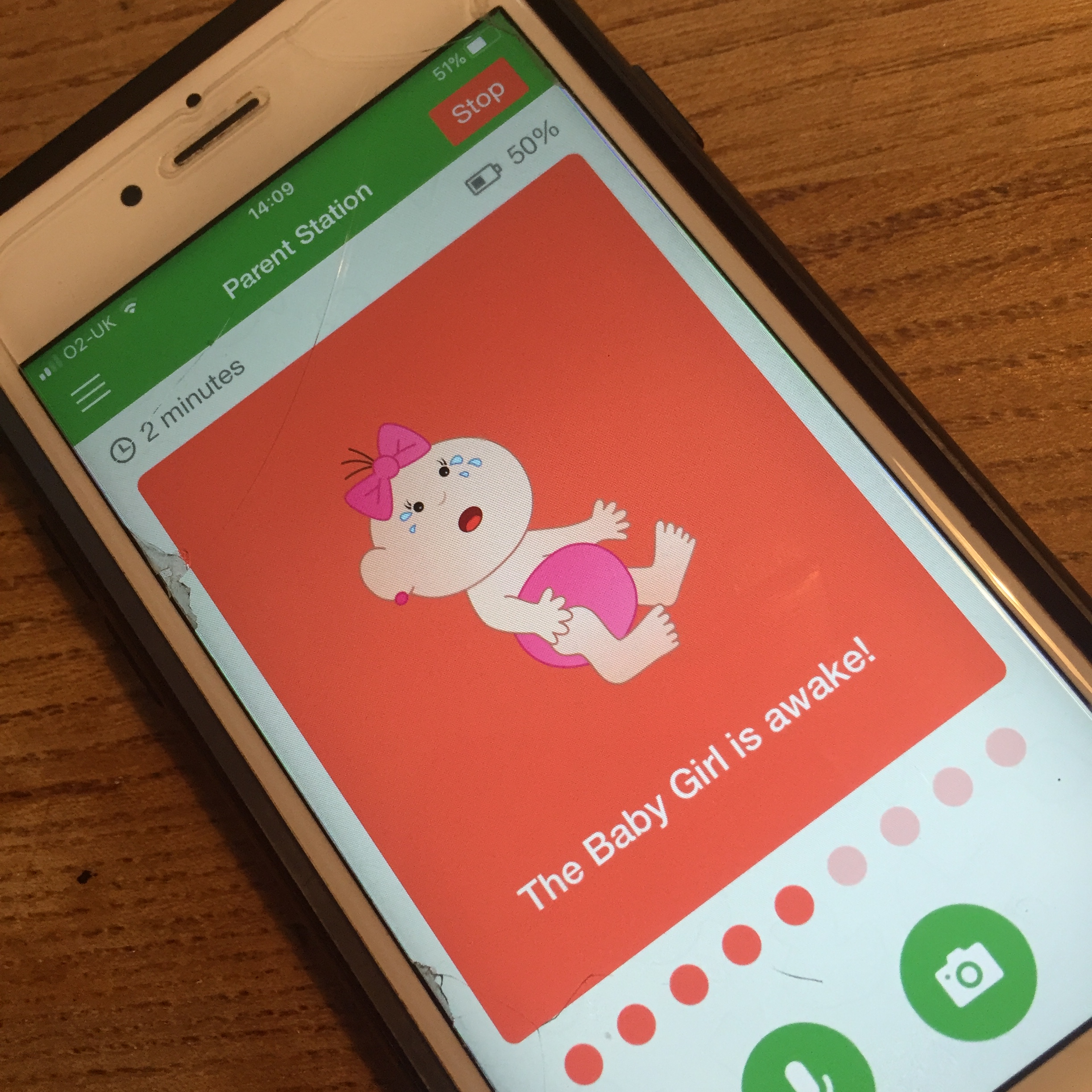The good news is that a lot of travel insurance policies cover children for free (some up to the age of two, some right up until 16 or 18). The bad news is that even if yours does, you still need to get in touch with your insurer before you travel to ensure that your baby or toddler is included on the policy by name. You’ll need to give them your baby’s date of birth too, and tell them about any pre-existing medical conditions – epilepsy, for example – as these might affect the premium. Children insured for free are usually only covered when travelling with the policyholder, so check with your insurer if you’re planning on sending your toddler off with another family member.
If you’re buying a new policy, you’ll include your child’s details in the same way that you would your partner’s when buying a couple’s policy. Something to look out for is whether the policy covers cancellation in the case of one of the travellers falling ill before departure. Fingers crossed your toddler doesn’t come down with a horrible bug on the eve of a holiday, but if she does, and going ahead with the trip is impossible, you really don’t want to lose all the money you spent on flights, hotel, car hire, etc – the cancellation of the trip would be grim enough all by itself; you don’t want to compound it with financial stress too. It’s worth buying travel insurance as soon as you book your trip so you don’t run the risk of being caught without coverage.
Most insurers will need to see a medical certificate signed by your child’s GP stating the reason she can’t travel, before they agree to settle the claim, as well as a form from the doctor about your child’s medical history.
A lot of policies will cover you for travel within the UK (including cancellations due to illness) but there are often stipulations you need to meet – such as staying away from home for a minimum number of days, or travelling a minimum distance from home – before coverage kicks in. Check before you travel.
For travel within Europe, you’ll want to get a EHIC for your child, but I’ll cover that in a separate post. Sign up to the mailing list so you don’t miss it.











